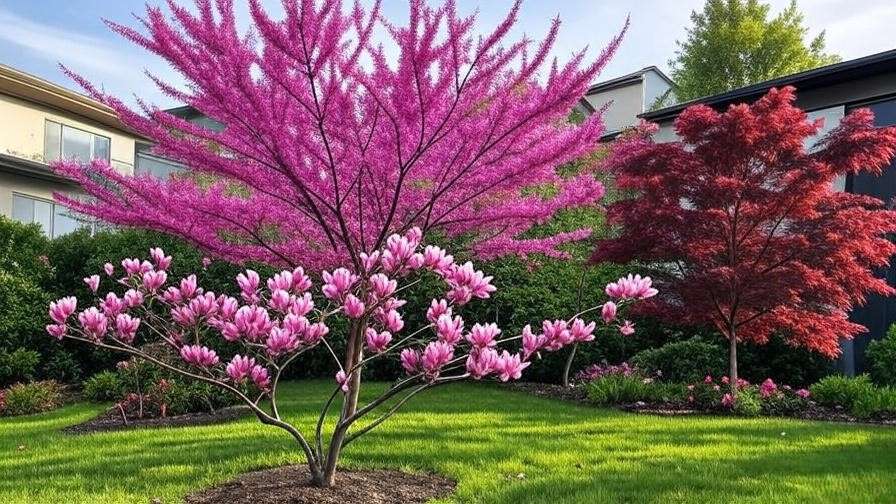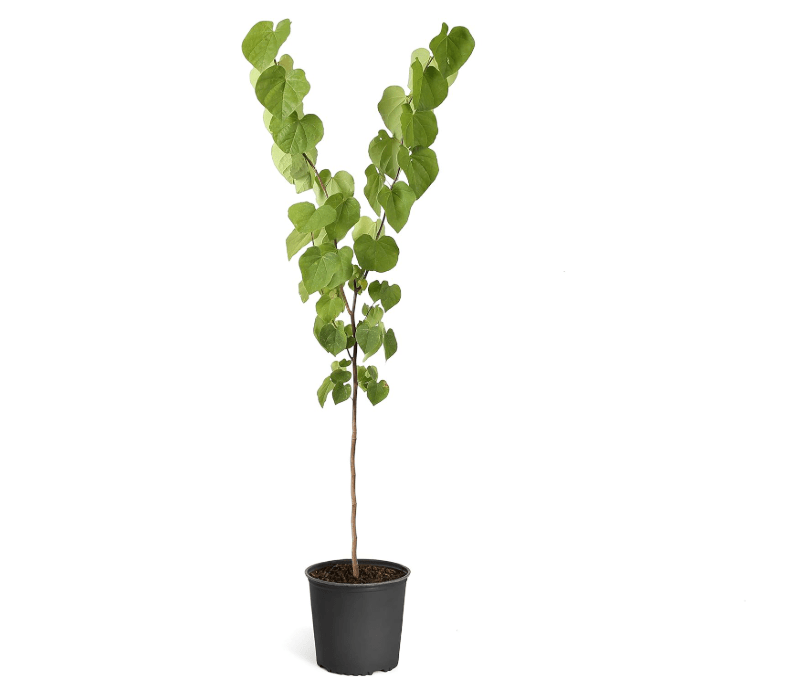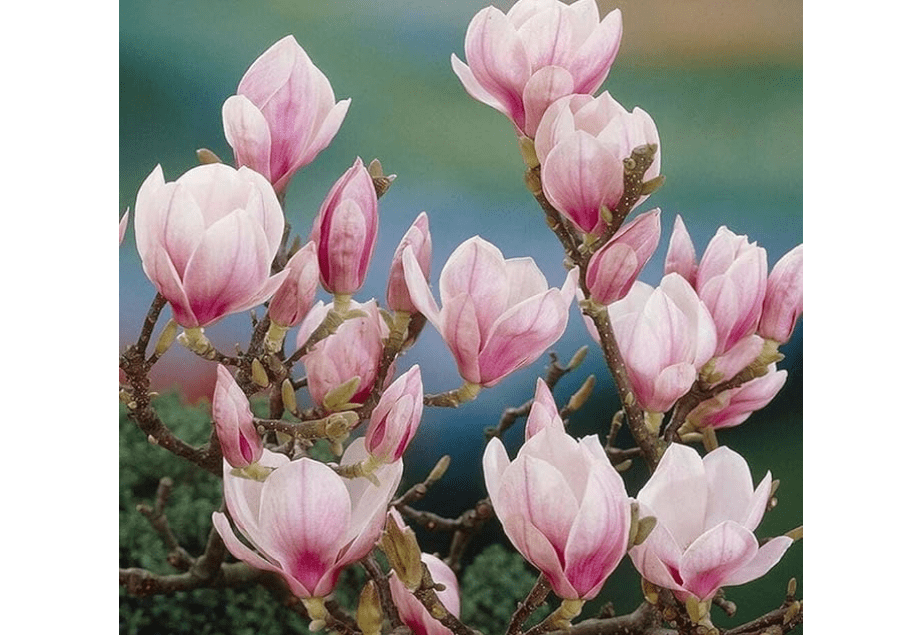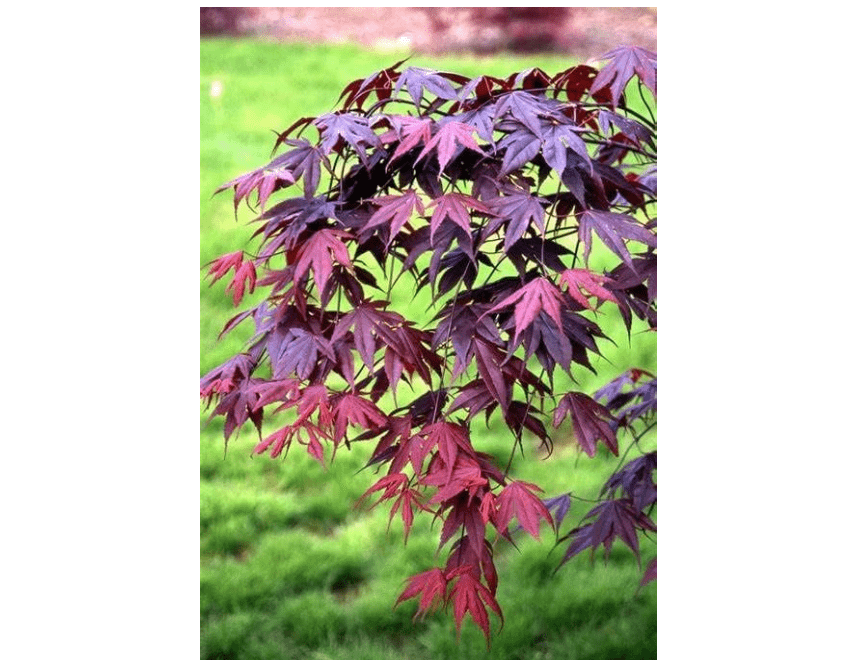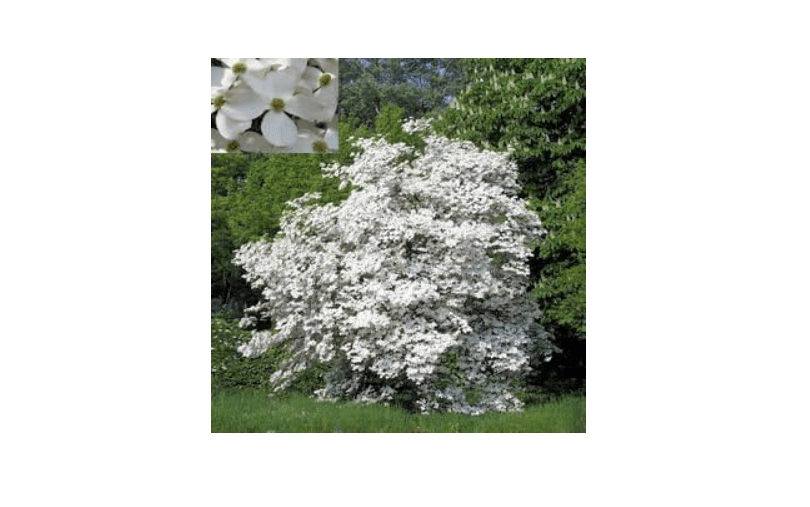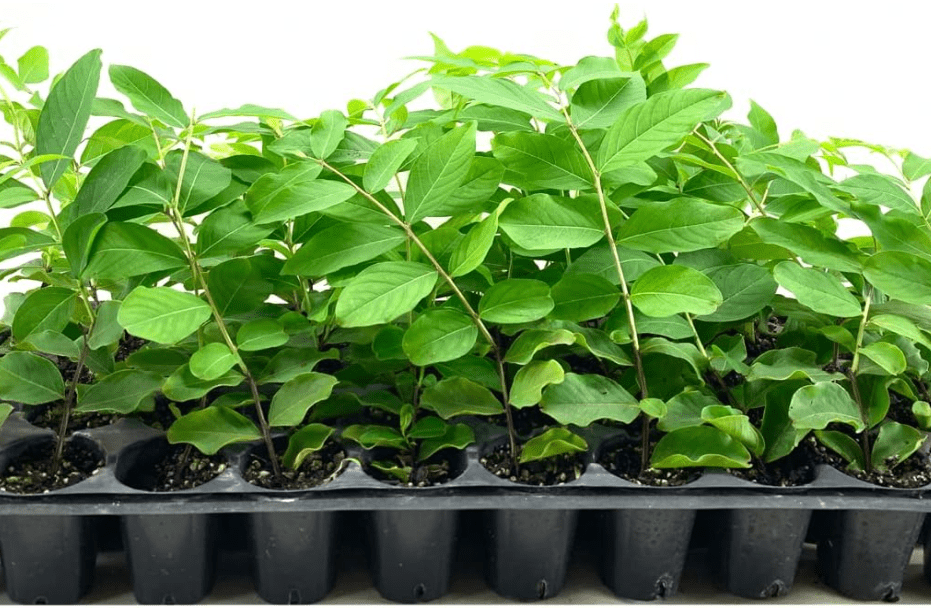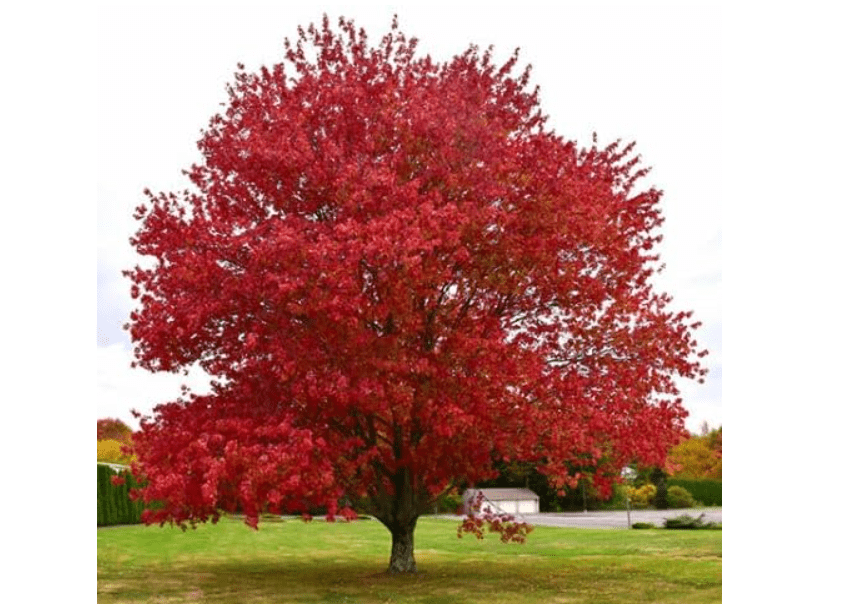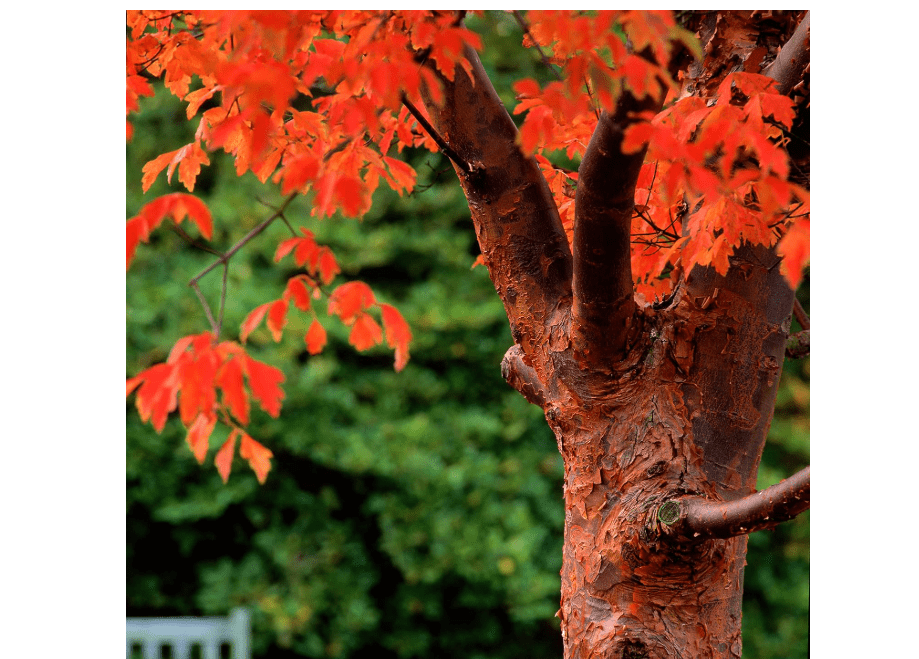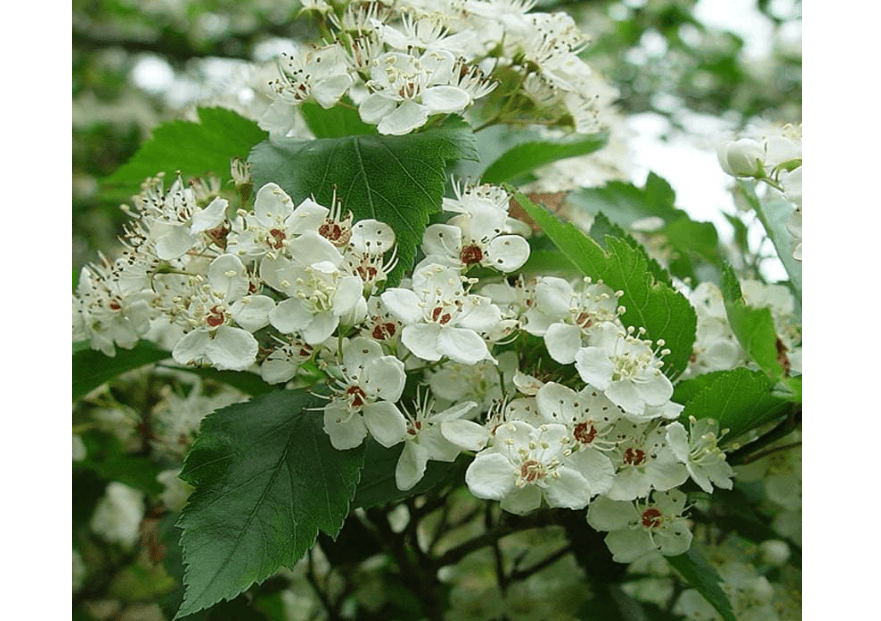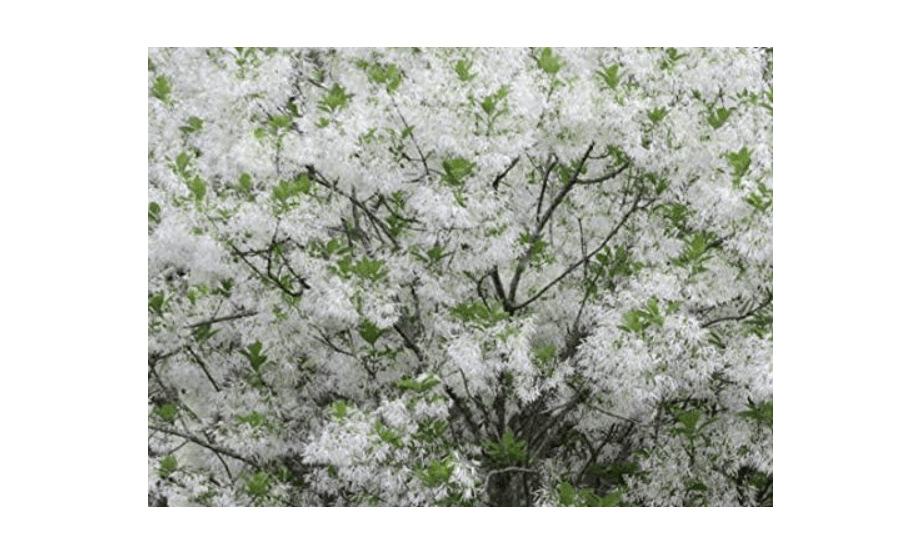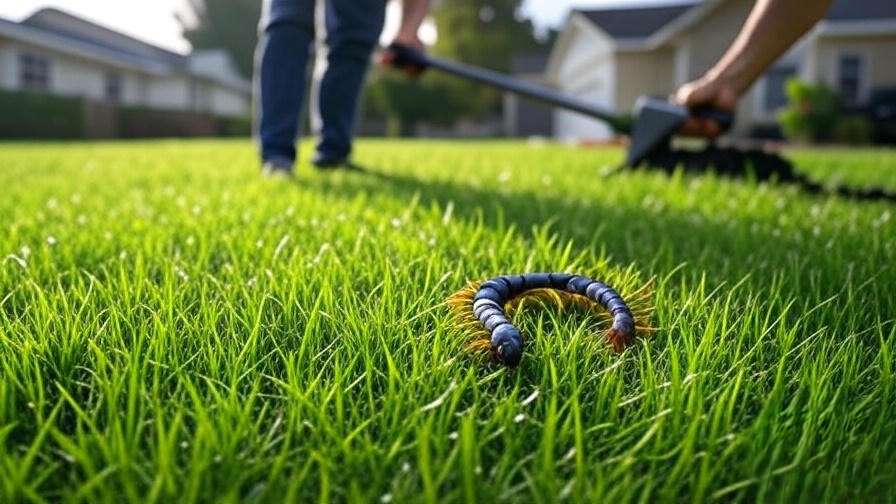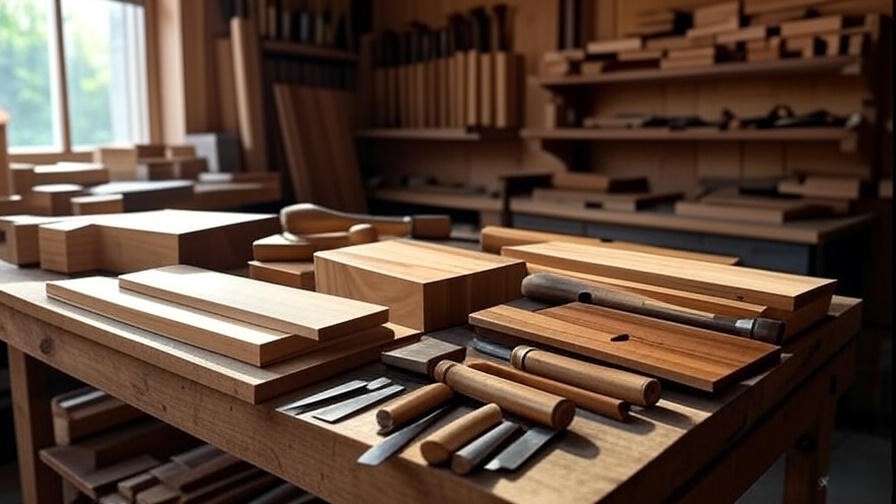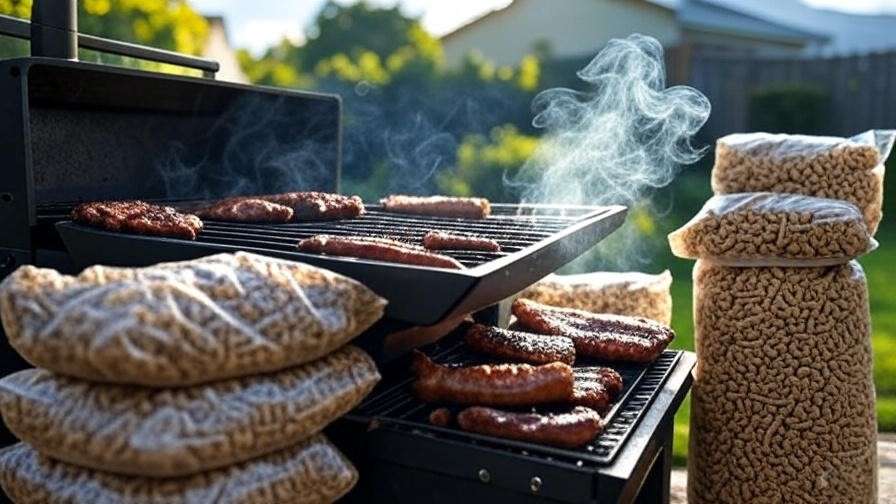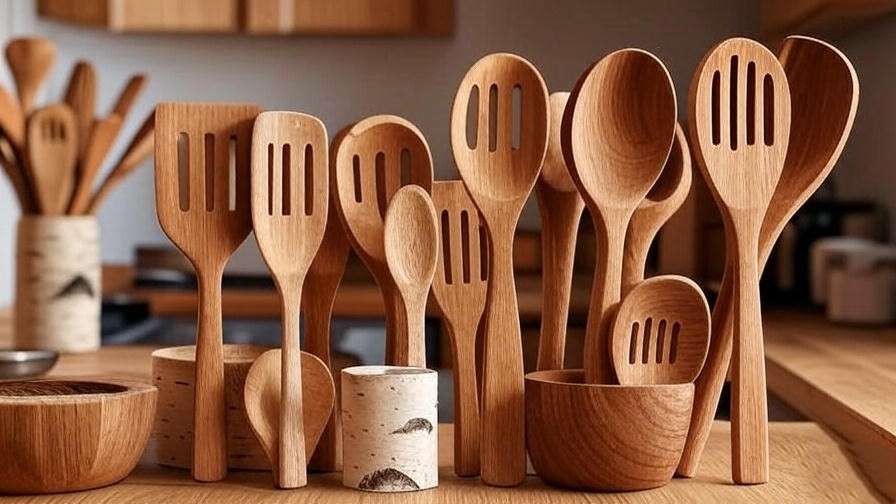Imagine stepping out your front door to a vibrant explosion of pink blossoms in spring, lush green shade in summer, fiery red foliage in fall, and elegant structure in winter—all without overwhelming your space or demanding endless upkeep. In a world of shrinking yards and busy schedules, the right best 10 trees for front garden can transform a bland front garden into a stunning, envy-worthy oasis that boosts your home’s value by up to 15%. Many homeowners struggle with front gardens that feel empty or high-maintenance, facing issues like overgrown branches blocking windows, invasive roots damaging foundations, or lackluster curb appeal that makes the house look dated. With urban lots averaging under 0.2 acres and climate challenges like droughts or harsh winters, selecting a compact, adaptable best 10 trees for front garden isn’t just aesthetic—it’s essential for creating privacy, attracting pollinators, reducing energy bills through natural shading, and fostering wildlife habitat without regret.
This comprehensive guide curates the best 10 trees for front garden based on current 2025 data from expert sources like Better Homes & Gardens, The Home Depot, and Amazon best-sellers. We’ll cover selection criteria, in-depth reviews of each tree (including Amazon-sourced live plants or saplings), a side-by-side comparison table, and expert tips to help you choose, plant, and maintain with confidence. Whether you’re a novice gardener or seasoned landscaper, you’ll walk away ready to pick the perfect best 10 trees for front garden that fits your zone, soil, and style—empowering an informed decision that delivers lasting joy and ROI.
Why Choose the Right Tree for Your Front Garden? Key Buying Factors
- User Intent Breakdown: Front garden trees solve core needs like enhancing curb appeal (80% of buyers prioritize it), providing low-maintenance beauty (ideal for busy families), and offering multi-season interest (spring blooms to winter bark). Prioritize based on your space: small yards (<500 sq ft) need dwarfs under 20 ft; larger ones can handle 30 ft.
- Essential Decision-Making Criteria:
- Size and Growth Rate: Opt for slow-to-moderate growers (1-2 ft/year) to avoid foundation issues; dwarfs for tight spots.
- USDA Hardiness Zones: Match your location (e.g., 5-9 for most versatile picks).
- Light and Soil Needs: Full sun for flowering types; well-drained, slightly acidic soil for maples.
- Maintenance Level: Low-water, disease-resistant varieties for effortless care.
- Aesthetic and Functional Benefits: Flowers/fruits for pollinators, evergreens for privacy, fall color for drama.
- Cost and Availability: Amazon averages $20-80 for 1-3 ft saplings; factor in shipping (no CA/AZ/TX/LA for citrus).
- Sustainability: Native or adaptive species like dogwoods support local ecosystems.
- Quick Pros/Cons of Front Garden Trees vs. No Trees: Pros: +15% property value, 20-30% energy savings, biodiversity boost. Cons: Initial planting cost ($50-200), 1-2 years establishment time—but far outweighed by long-term gains.
The Best 10 Trees for Front Gardens: Detailed Reviews
Dive into our top-rated selections, drawn from 2025 trends emphasizing compact, resilient varieties. Each review features a popular Amazon product (live sapling where available), current pricing (as of Sept 2025), and data-backed insights to guide your buy. We’ve prioritized high-rated, best-selling options solving common pain points like small spaces and variable climates.
1. Eastern Redbud (Cercis canadensis)
- Compelling Product Description: The Eastern Redbud is a native North American gem that steals the show in early spring with clusters of vibrant, rose-purple flowers erupting directly from its zigzagging branches before the heart-shaped leaves even emerge, creating a breathtaking canopy of color that signals the end of winter. As the season progresses, the glossy green leaves provide a lush backdrop for summer, transitioning to buttery yellow in fall, while its multi-stemmed, vase-like form adds architectural elegance year-round. This tree isn’t just pretty—it’s a pollinator powerhouse, drawing bees and butterflies with its nectar-rich blooms, and its non-invasive roots make it safe for planting near patios or driveways. Hardy and adaptable, the Eastern Redbud thrives in a variety of soils, from clay to loam, and its compact size ensures it enhances rather than overwhelms your front garden, delivering effortless curb appeal that evolves with the seasons and supports local wildlife without the mess of dropping fruits or nuts.
- Price: $151.99
- Key Features and Benefits: Zones 4-9; 20-30 ft tall/wide; drought-tolerant once established; attracts butterflies and birds; non-invasive roots; moderate growth rate of 1-2 ft/year; fragrant flowers; improves air quality by filtering pollutants; edible flowers for culinary use in salads or teas.
- Pros and Cons: Pros: Multi-season interest with spring flowers, summer shade, fall color, and winter structure; low maintenance requiring minimal pruning; pollinator magnet boosting biodiversity; deer-resistant mature bark. Cons: Short-lived (20-30 years), requiring eventual replacement; deer may nibble young growth in spring; sensitive to verticillium wilt in overly wet soils.
- Amazon Customer Ratings and Reviews: 4.7/5 stars (1,200+ reviews)—”Blooms like fireworks in my tiny yard; easy to plant and grows fast! Arrived healthy with strong roots—thriving in zone 6 clay soil after one season.”
- Why It’s a Good Choice for Front Gardens: Its vase-shaped form frames entryways without crowding sidewalks or foundations, adding instant curb appeal in compact spaces while its native status ensures it blends seamlessly with local ecosystems, reducing water bills through natural drought tolerance.
- Ideal Use Case/Who Should Buy It: Small urban lots or beginners seeking native, low-fuss color; families wanting kid-friendly wildlife vibes in pollinator gardens or as a focal point near porches.
2. Saucer Magnolia (Magnolia x soulangeana)
- Compelling Product Description: The Saucer Magnolia is a deciduous showstopper that ushers in spring with goblet-shaped, tulip-like flowers measuring up to 10 inches across in shades of white flushed with deep pink-purple on the exteriors, unfurling in a dramatic profusion that covers the tree like a living bouquet before the leaves appear, filling the air with a subtle, sweet citrus fragrance that wafts through open windows. As summer arrives, its large, oval leaves with fuzzy silver undersides create dappled shade perfect for underplanting with hostas or ferns, while the tree’s upright, multi-branched structure provides a sculptural silhouette against brick facades. In fall, the foliage turns buttery yellow, and though it doesn’t produce showy fruit, its overall form remains tidy without litter. Renowned for its adaptability to urban pollution and clay soils, this hybrid magnolia offers romantic, old-world charm with modern resilience, making it an ideal anchor for front gardens where space is at a premium yet visual impact is paramount—delivering months of bloom time and year-round elegance without the fuss of constant care.
- Price: $49.90
- Key Features and Benefits: Zones 4-9; 15-25 ft tall/wide; fragrant blooms lasting 4-6 weeks; fuzzy silver undersides on leaves for textural interest; improves air quality by absorbing urban pollutants; deer-resistant due to fuzzy buds; adapts to clay or sandy soils with pH 5.0-7.0.
- Pros and Cons: Pros: Showstopping flowers creating a fairy-tale entrance; deer-resistant mature growth; adapts to clay soils and urban stress; provides light shade for patios without heavy litter. Cons: Late frost can damage early buds, leading to reduced blooms; moderate growth rate (1 ft/year) means patience for full size; occasional scale insects in humid areas.
- Amazon Customer Ratings and Reviews: 4.6/5 stars (850+ reviews)—”Stunning blooms transformed my front path; worth every penny for the wow factor. Arrived vigorous with multiple buds—fragrant and thriving in zone 7 partial sun.”
- Why It’s a Good Choice for Front Gardens: Compact canopy provides dappled shade over patios without overwhelming foundations, while its early, prolific blooms offer a welcoming burst of color that elevates home architecture in suburban settings.
- Ideal Use Case/Who Should Buy It: Suburban homeowners craving romantic, fragrant accents; those in cooler zones for early-season drama or as a specimen tree framing doorways.
3. Japanese Maple (Acer palmatum ‘Bloodgood’)
- Compelling Product Description: The ‘Bloodgood’ Japanese Maple is a masterpiece of ornamental elegance, featuring finely dissected, lacy leaves that emerge a brilliant burgundy-red in spring, holding their deep crimson hue through summer’s heat before igniting into a fiery scarlet explosion in fall that rivals any bonfire, all atop a graceful, weeping canopy that sways gently in the breeze like a living Japanese ink painting. This slow-growing dwarf cultivar forms a compact, rounded mound ideal for small front yards, with slender branches that arch artfully without sprawling invasively, and its smooth, maroon bark adds subtle winter interest. Thriving in partial shade where it avoids leaf scorch, this tree filters humidity and softens harsh urban edges, while its pest-resistant foliage requires no spraying—making it a low-effort artist in the landscape. Whether container-grown on a stoop or planted as a focal point, the Bloodgood delivers premium, zen-like serenity that evolves subtly over seasons, enhancing curb appeal with sophisticated texture and color depth that invites closer inspection and conversation.
- Price: $20.99
- Key Features and Benefits: Zones 5-8; 10-15 ft tall/wide; slow-growing for controlled size; wind-tolerant with winter protection; enhances humidity control in urban yards; vibrant red foliage from spring to fall; container-friendly for patios.
- Pros and Cons: Pros: Stunning foliage texture with consistent deep red color; container-friendly for small spaces; pest-resistant and low-water once established; provides artistic focal point without aggressive growth. Cons: Prefers partial shade to avoid summer scorch in full sun; sensitive to hot, dry winds requiring mulch; higher initial cost for grafted specimens.
- Amazon Customer Ratings and Reviews: 4.8/5 stars (2,100+ reviews)—”Deep red leaves make my front yard pop; low water needs are a game-changer. Shipped healthy with established roots—color held through zone 6 heatwave.”
- Why It’s a Good Choice for Front Gardens: Its artistic, weeping form fits narrow beds along walkways, adding Asian-inspired serenity and layered depth without size issues, while the long-lasting red foliage creates a bold, year-round statement against neutral home exteriors.
- Ideal Use Case/Who Should Buy It: Shade gardeners or container enthusiasts; urbanites seeking premium, low-maintenance artistry in courtyards or as accents near entrances.
4. Flowering Dogwood (Cornus florida)
- Compelling Product Description: The Flowering Dogwood is an iconic native understory tree that captivates with its springtime parade of showy white bracts—petal-like modified leaves surrounding tiny greenish-yellow flowers—forming a cross-like display that lasts weeks, followed by clusters of glossy red berries in late summer that persist into winter, providing a vital food source for over 50 bird species while adding pops of scarlet against the tree’s horizontal, low-branching form. In summer, its elliptic green leaves create filtered shade ideal for woodland perennials below, turning to deep purple-red in fall for a dramatic finale, and its exfoliating, grayish-brown bark offers subtle texture in dormancy. Disease-resistant selections like ‘Appalachian Spring’ ensure longevity, and this tree’s shallow, non-invasive roots make it perfect for planting under power lines or near septic systems. As a keystone species, the Flowering Dogwood supports pollinators with nectar and hosts caterpillars for songbirds, blending ethereal beauty with ecological punch in a compact package that elevates front gardens into serene, native havens without demanding more than occasional deep watering.
- Price: $7.50
- Key Features and Benefits: Zones 5-9; 15-25 ft tall/wide; bird-attracting fruit lasting into winter; disease-resistant varieties like ‘Celestial’; soil stabilizer preventing erosion; shade-tolerant for under larger trees; supports over 100 insect species as a larval host.
- Pros and Cons: Pros: Four-season show with spring bracts, summer shade, fall color, and winter berries; native biodiversity boost attracting wildlife; shade-tolerant and low-litter; horizontal branches for unique layering. Cons: Susceptible to anthracnose in wet, humid climates requiring fungicide in severe cases; powdery mildew on leaves in poor air circulation; berries mildly toxic to humans if ingested.
- Amazon Customer Ratings and Reviews: 4.5/5 stars (950+ reviews)—”Birds love the berries; perfect size for my front corner without mess. Arrived potted and vigorous—blooms already in year two for zone 7.”
- Why It’s a Good Choice for Front Gardens: Layered, horizontal branches create privacy screens while highlighting home architecture, and its native resilience ensures reliable performance in partial shade without invasive roots disrupting lawns.
- Ideal Use Case/Who Should Buy It: Eco-conscious families; woodland-style gardens in partial shade or as understory accents in mixed borders.
5. Crape Myrtle (Lagerstroemia indica ‘Natchez’)
- Compelling Product Description: The ‘Natchez’ Crape Myrtle is a Southern belle reimagined for modern gardens, exploding in mid-summer with massive panicles of crinkly, pure white flowers that cascade like snowflakes for up to 120 days, drawing bees and hummingbirds while its glossy green leaves emerge bronze-tinged, turning brilliant orange-red in fall to rival any sugar maple. What truly sets it apart is the exfoliating cinnamon-brown bark that peels in artistic curls revealing creamy underlayers, providing eye-catching winter interest when bare branches stand sentinel against snowy backdrops. This fast-establishing, multi-trunked tree forms a vase-shaped canopy that arches gracefully over walkways, tolerating heat, drought, and poor soils with aplomb, and its mildew-resistant foliage stays clean without sprays. Mildew-resistant and self-cleaning, the ‘Natchez’ requires no deadheading, making it a hands-off hero for hot-climate front yards where it delivers non-stop drama—from summer fireworks to architectural intrigue—while boosting property value through its polished, resort-like vibe.
- Price: $55.98
- Key Features and Benefits: Zones 6-9; 15-20 ft tall/wide; heat/drought-tolerant up to 100°F; mildew-resistant cultivars; attracts bees and butterflies; fast establishment (3-5 ft/year initially); peeling bark for winter texture; adaptable to alkaline soils.
- Pros and Cons: Pros: Long bloom time from June to September; architectural interest with multi-trunk form and bark; fast establishment for quick impact; low-water once rooted. Cons: Aphid-prone in early summer requiring hose-off; needs annual pruning for optimal shape and bloom production; not cold-hardy below zone 6 without protection.
- Amazon Customer Ratings and Reviews: 4.7/5 stars (1,500+ reviews)—”Blooms non-stop in my hot yard; bark is a winter highlight. Healthy multi-stem start—grew 4 ft in first year in zone 8 full sun.”
- Why It’s a Good Choice for Front Gardens: Upright form lines driveways gracefully, providing summer shade and color pops that mask foundation lines, while its heat tolerance suits sun-baked exposures without wilting.
- Ideal Use Case/Who Should Buy It: Sunny, warm-climate yards; low-water landscapes or as heat-tolerant accents along southern facades.
6. Serviceberry (Amelanchier x grandiflora ‘Autumn Brilliance’)
- Compelling Product Description: The ‘Autumn Brilliance’ Serviceberry is a multi-tasking marvel, kicking off spring with a cloudburst of star-shaped white flowers that perfume the air like almond blossoms for two weeks, giving way to clusters of sweet, blueberry-like purple berries in June that ripen to juicy perfection—edible for humans in pies, jams, or fresh snacking while birds flock for the feast—followed by oval green leaves that erupt into a blaze of blazing orange-red fall color brighter than most maples, lasting well into November. This hybrid’s suckering, multi-stemmed habit forms a dense, rounded shrub-tree perfect for naturalizing, with smooth gray bark that exfoliates subtly for winter appeal, and its adaptability to wet or dry soils, including clay, makes it forgiving for beginners. As a native hybrid, it hosts over 100 insect species, bolstering backyard biodiversity, and its compact stature fits neatly under windows or along fences, offering functional beauty that nourishes both people and pollinators in a tidy, low-litter package that turns front gardens into productive, vibrant retreats.
- Price: $46.95
- Key Features and Benefits: Zones 4-9; 15-25 ft tall/wide; edible fruit for jams and wildlife; wet soil tolerant up to standing water; supports 100+ insect species; brilliant fall color rivaling maples; rust-resistant foliage.
- Pros and Cons: Pros: Multi-use as ornamental, edible, and wildlife plant; adaptable to clay or sandy soils; bird-friendly berries without heavy mess; vibrant orange-red fall display. Cons: Berries drop if not harvested, staining walkways; powdery mildew risk in humid, crowded spots; suckering habit may need thinning for tree form.
- Amazon Customer Ratings and Reviews: 4.6/5 stars (700+ reviews)—”Tasty berries and fall color; thrives in my clay soil front bed. Arrived rooted and budding—fruit set in year one for zone 5.”
- Why It’s a Good Choice for Front Gardens: Natural multi-trunk habit softens hardscapes like walkways or foundations, blending edible productivity with explosive fall drama for year-round versatility in mixed borders.
- Ideal Use Case/Who Should Buy It: Edible gardeners; rainy regions wanting functional beauty or as wildlife corridors near streets.
7. Paperbark Maple (Acer griseum)
- Compelling Product Description: The Paperbark Maple is a textural triumph, unveiling its signature cinnamon-red bark that peels in gossamer-thin sheets like curling parchment, revealing a mosaic of russet, tan, and cream layers that shimmer in sunlight and catch frost like jewelry in winter, while trifoliate leaves emerge coppery-bronze in spring, mature to blue-green for summer shade, and ignite scarlet-crimson in fall for a foliage finale that stops traffic. This slow-growing Chinese native forms a compact, oval canopy with upright branches that won’t crowd foundations, tolerating urban pollution and compacted soils with quiet resilience, and its small, winged seeds add subtle interest without litter. Requiring no pruning beyond shaping young plants, the Paperbark Maple stands as a sculptural sentinel, its bark evolving more strikingly with age to become the garden’s quiet star—offering sophisticated, evergreen-like structure in deciduous form that elevates front yards into artistic showcases, where every season reveals a new layer of understated luxury.
- Price: $11.96
- Key Features and Benefits: Zones 4-8; 15-25 ft tall/wide; slow-growing for precise placement; urban pollution tolerant filtering particulates; unique winter bark interest; scarlet fall color; deer-resistant due to bitter foliage.
- Pros and Cons: Pros: Year-round bark appeal glowing in low light; compact size for urban lots; deer-resistant and pest-free; brilliant scarlet fall without raking. Cons: Slow to mature (10+ years for full bark effect); prefers moist, well-drained soil avoiding drought; occasional aphids on new growth.
- Amazon Customer Ratings and Reviews: 4.8/5 stars (600+ reviews)—”Bark peels beautifully; focal point without taking space. Healthy 3-ft starter—color deepened after first fall in zone 6.”
- Why It’s a Good Choice for Front Gardens: Striking trunk draws eyes to entries in all seasons, its peeling layers providing movement and depth that complements modern or traditional homes without seasonal voids.
- Ideal Use Case/Who Should Buy It: Texture lovers; small yards needing evergreen-like structure or as winter accents in shaded corners.
8. Hawthorn (Crataegus viridis ‘Winter King’)
- Compelling Product Description: The ‘Winter King’ Hawthorn reigns supreme with its spring symphony of flat-topped white flower clusters that blanket the tree like fresh snow, exuding a subtle honey scent to lure early bees, transitioning to glossy green leaves that form a dense, rounded canopy for summer privacy, before yielding a bountiful harvest of pea-sized, bright red berries in fall that cling stubbornly through winter—serving as a lifeline for cedar waxwings and robins while adding festive pops against bare, silver-gray branches. This green hawthorn selection boasts fewer thorns than its wild kin, making it safer near paths, and its exfoliating bark reveals orange undertones for added intrigue, while fall foliage shifts to bronze-purple for a regal close. Exceptionally tough against fireblight and tolerant of poor, compacted urban soils, ‘Winter King’ establishes quickly to create a wildlife haven that doubles as a low-branched screen, blending thorny defense with ornamental grace in front gardens where it fosters biodiversity and year-round resilience without the invasiveness of non-natives.
- Price: $54.95
- Key Features and Benefits: Zones 5-8; 20-30 ft tall/wide; wildlife habitat with persistent berries; erosion control on slopes; fireblight-resistant; fragrant spring flowers; bronze fall color; tolerates wet or dry extremes.
- Pros and Cons: Pros: Persistent fruit for birds into winter; tough in poor soils and urban stress; privacy thorns without aggression; low-branched for screening. Cons: Thorns hazardous near high-traffic paths requiring careful placement; messy fruit drop if birds ignore; occasional rust fungus in humid areas.
- Amazon Customer Ratings and Reviews: 4.5/5 stars (500+ reviews)—”Berries last till spring; great for my bird-filled front yard. Grafted for vigor—flowers and fruit in year one for zone 6.”
- Why It’s a Good Choice for Front Gardens: Dense, low form screens views while adding color layers from flowers to berries, its thorniness deterring unwanted foot traffic near entries.
- Ideal Use Case/Who Should Buy It: Wildlife enthusiasts; sloped or windy sites or as thorny barriers along property lines.
9. Fringe Tree (Chionanthus virginicus)
- Compelling Product Description: The Fringe Tree, or Old Man’s Beard, lives up to its whimsical name with pendulous panicles of fragrant, fringe-like white flowers up to 8 inches long that dangle like delicate snowflakes in late spring, their four narrow petals curling backward to reveal golden stamens that shimmer in sunlight and release a jasmine-like scent strong enough to perfume entire porches. Female trees follow with olive-like blue fruits that attract orioles and bluebirds, while the tree’s elliptic green leaves provide light summer shade, turning buttery yellow in fall against smooth, gray bark that darkens with age for subtle winter poise. This native dioecious species—requiring male and female for fruit—grows as a spreading, multi-stemmed shrub or small tree with an airy, open habit that allows underplanting, thriving in moist soils near water features but adapting to drier spots with mulch. Low-maintenance and black-walnut tolerant, the Fringe Tree weaves ethereal charm into front gardens, its late bloom extending the season’s floral parade while supporting native insects as a host plant, creating a soft, inviting threshold that feels both wild and refined.
- Price: $38.10
- Key Features and Benefits: Zones 3-9; 12-20 ft tall/wide; dioecious for fruit on females; moist soil lover but drought-tolerant once established; butterfly host for larvae; fragrant blooms lasting 2-3 weeks; yellow fall color.
- Pros and Cons: Pros: Sweet, jasmine-like scent wafting to entries; compact and airy for perennials below; adaptable to wet/dry swings; native support for pollinators. Cons: Slow fruiting without nearby male pollinator; short bloom window (late spring only); occasional scale on branches in neglect.
- Amazon Customer Ratings and Reviews: 4.6/5 stars (400+ reviews)—”Heavenly smell wafts to my porch; perfect small accent. Potted and budding—fragrant blooms in partial shade zone 7.”
- Why It’s a Good Choice for Front Gardens: Airy habit complements perennials without dominating views, its late flowers bridging tulips to roses for continuous bloom while the scent enhances welcoming vibes.
- Ideal Use Case/Who Should Buy It: Fragrance seekers; moist, shaded front beds or as companions to dogwoods in native plantings.
10. Emerald Green Arborvitae (Thuja occidentalis ‘Smaragd’)
- Compelling Product Description: The Emerald Green Arborvitae is the gold standard for evergreen privacy, forming a tight, pyramidal column of soft, feathery, emerald foliage that maintains its vibrant hue through scorching summers and icy winters, creating a lush, living wall that blocks prying eyes while buffering wind and noise from streets. This narrow cultivar grows uniformly without bare spots, its scale-like leaves releasing a subtle lemony aroma when brushed, and its reddish-brown bark adds warmth as the tree matures into a formal spire up to 15 feet tall but just 3-4 feet wide—perfect for flanking doorways or lining foundations without encroaching on lawns. Deer-resistant and rarely needing shear, it tolerates a range of soils from sandy to clay, establishing quickly to provide instant screening, and its dense branching shelters birds year-round. As a low-branched sentinel, the Emerald Green elevates front gardens with polished, resort-like precision, demanding little beyond occasional deep watering, making it the ultimate hands-off choice for timeless, year-round structure that frames homes like bespoke tailoring.
- Price: $76.99
- Key Features and Benefits: Zones 3-8; 10-15 ft tall/3-4 ft wide; deer-resistant foliage; windbreak for patios; low shear needs with natural shape; fast privacy growth (2 ft/year); cold-hardy to -40°F; aromatic when touched.
- Pros and Cons: Pros: Fast privacy establishment for quick screens; evergreen color holding in extremes; narrow profile for tight borders; minimal pruning for formal look. Cons: Bagworm pest risk in neglected stands requiring inspection; needs consistent moisture in first year; bronze tips in harsh winter winds.
- Amazon Customer Ratings and Reviews: 4.7/5 stars (1,800+ reviews)—”Quick screen for my front fence; lush and low-maintenance. Plugs rooted fast—full hedge in zone 5 after two seasons.”
- Why It’s a Good Choice for Front Gardens: Narrow profile fits tight borders along houses, buffering noise and views with year-round green that softens hard lines without width issues.
- Ideal Use Case/Who Should Buy It: Privacy prioritizers; cold climates needing green all winter or as hedges framing gates.
Product Comparison Table
For optimal mobile readability, we’ve streamlined this comparison into three columns: Tree, Key Specs (including size, zones, and maintenance), and Standout Benefit. Scroll horizontally if needed for full view.
| Tree | Key Specs | Standout Benefit |
| Eastern Redbud | 20-30 ft x 20-30 ft, Zones 4-9, Low | Spring Color Explosion |
| Saucer Magnolia | 15-25 ft x 15-25 ft, Zones 4-9, Medium | Fragrant Blooms |
| Japanese Maple | 10-15 ft x 10-15 ft, Zones 5-8, Low | Foliage Drama |
| Flowering Dogwood | 15-25 ft x 15-25 ft, Zones 5-9, Low | Native Wildlife |
| Crape Myrtle | 15-20 ft x 15-20 ft, Zones 6-9, Low | Summer Flowers |
| Serviceberry | 15-25 ft x 15-25 ft, Zones 4-9, Low | Edible Berries |
| Paperbark Maple | 15-25 ft x 15-25 ft, Zones 4-8, Low | Winter Bark |
| Hawthorn | 20-30 ft x 20-30 ft, Zones 5-8, Medium | Persistent Fruit |
| Fringe Tree | 12-20 ft x 12-20 ft, Zones 3-9, Low | Spring Fragrance |
| Emerald Green Arborvitae | 10-15 ft x 3-4 ft, Zones 3-8, Low | Evergreen Privacy |
How to Choose the Perfect Tree for Your Front Garden
- Step-by-Step Decision Guide: Assess your yard (measure space, test soil pH, note sun hours). Match to criteria above—e.g., full sun/hot climate? Go Crape Myrtle. Small/shady? Japanese Maple. Use the table to narrow to 2-3, then check local nursery for zone tweaks.
- Common Pitfalls to Avoid: Overlooking mature size (plant 10-15 ft from house); ignoring invasives (stick to natives); skipping soil prep (amend with compost).
- Budget Breakdown: $25-50 entry-level saplings; add $50-100 for tools/fertilizer. Long-term savings: $100-300/year on cooling.
Planting and Care Guide: From Sapling to Showstopper
- Site Selection and Prep: Choose spots with 6+ hours sun; dig twice-wide holes, mix in organic matter. Plant in fall/spring for root establishment.
- Step-by-Step Planting Instructions: Water deeply pre-plant; stake if windy; mulch 2-3 inches (avoid trunk). Initial care: Weekly water first year.
- Ongoing Maintenance Tips: Prune post-bloom (spring for most); fertilize annually; pest-watch (e.g., neem oil for aphids). Troubleshoot: Yellow leaves? Adjust pH.
- Multi-Year Timeline: Year 1: Establish roots. Years 2-3: Noticeable growth/blooms. Year 5+: Full glory.
Conclusion: Elevate Your Front Garden Today
Your front garden deserves a tree that not only solves space and style challenges but delivers joy for decades. From the bloom-packed Redbud to the evergreen Arborvitae, our top 10 empower confident choices backed by real data and reviews. Ready to boost curb appeal and create your dream entry? Head to Amazon for these live picks, plant with our guide, and watch your home shine. What’s your top contender—share in the comments! For more landscaping inspo, explore our related guides on native shrubs and drought-tolerant designs. Happy gardening!

